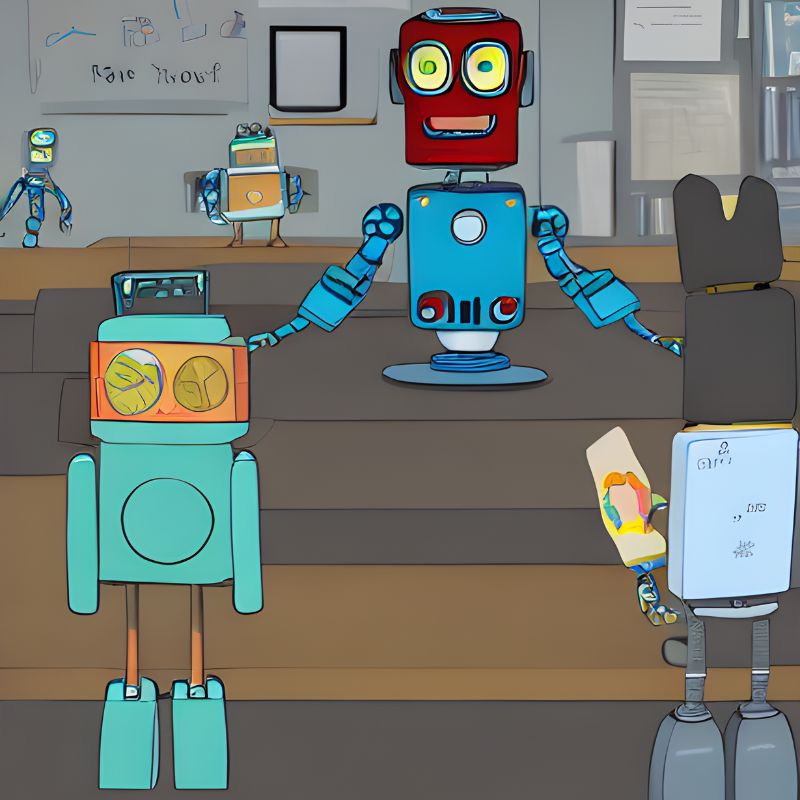DeepL is a machine translation service that can be used to translate texts from one language to another. While machine translations are not always perfect and may not capture all of the nuances and complexities of a language, DeepL can still be a useful tool for language learning. In this post, we will explore several ways that you can use DeepL to improve your language skills and expand your vocabulary. Whether you are a beginner or an advanced learner, DeepL can be a valuable resource for language learning.

- Translating real life speech in DeepL : One practical way to use DeepL for language learning (my favorite) is to translate chunks of your own everyday speech into the target language. This can be especially useful because the translations will be based on real, relevant speech that is practical and applicable to you, rather than made-up lists or lists from a grammar book. By using DeepL to translate your own speech, you can better understand and improve your language skills in a way that is relevant and meaningful to you. Of couse it also works when focusing on what people around you are saying.
- Practice reading: Relax and read what you usually read in your native language. Then translate it with DeepL into the language you are learning. It’s two flies with one stones. This can help you practice reading in the target language and improve your comprehension skills through content that you love and you read anyways. That way, the texts you learn in DeepL will be relevant to you and therefore help you to keep motivated. (Blog posts about your hobby, Twitter or instagram posts. The possibilities are endless)
- Compare translations: You can use DeepL to translate a text from the language you are learning into your native language, and then compare the translation to a human-translated version of the same text. This can help you see how the machine translation differs from a human translation and can give you a better understanding of the nuances of the language.
- To be continued: What other use cases in language learning do you see? Drop us an e-mail to myfluentpodcast@gmail.com
Overall, DeepL can be a useful tool for language learning, but it is important to keep in mind that machine translations are not always perfect and may not capture all of the nuances and complexities of a language. It is always a good idea to use multiple resources and seek out human translations when possible to get the most accurate and complete understanding of a text.
Are you into podcasts, then you might like episode 67 DeepL to learn English, which I produced some years ago.